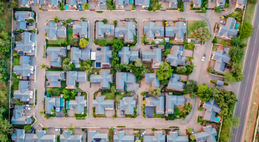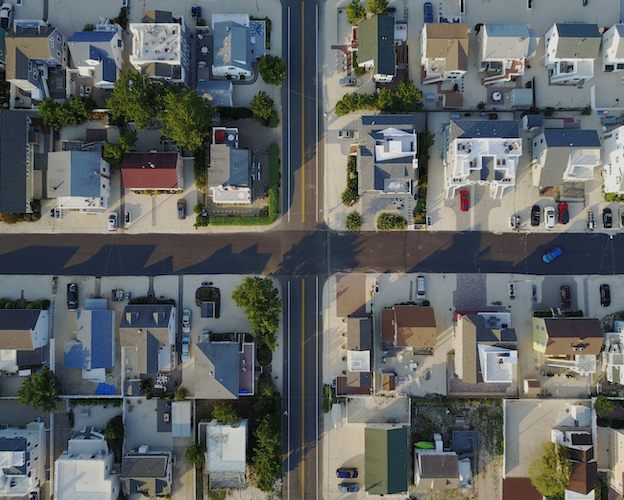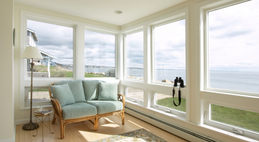In particular we focus on getting the loan structure right the first time, choosing which lenders to use in the right order (yes this is important) and finally getting our clients the best deal possible.
Negative gearing, positive gearing and neutral gearing
Negative gearing, positive gearing and neutral gearing; you hear these phrases often but I think many people don’t really understand what the terms actually mean. I will outline what exactly what those terms mean as well as briefly explaining why some investors choose to buy negatively geared properties.
Definition of negative, positive and neutral gearing
Put simply negative gearing means an investment asset incurs greater expenses than the income it generates, while positive gearing indicates the investments income is greater than its related expenses. Neutral gearing is of course when expenses and income are equal. If an investment asset is negatively geared an investor can reduce his or her taxable income by the amount of the losses incurred while holding the asset. The types of expenses that can be claimed to reduce income and thus taxable income must be specifically related to the acquisition and maintenance of an income producing asset. For property investors the main deductions are typically loan interest, depreciation, council rates, managing agent fees, maintenance and strata fees if applicable.
Example of negative gearing
The mechanics of negative gearing work like this. Say a property investor earned a salary of $100,000 pa last financial year, received rental income of $20,000 and incurred $30,000 in investment related expenses during the year. The investor’s total income of $120,000 is offset by expenses of $30,000 thus reducing their taxable income to $90,000 which is a gross loss of income of $10,000 when compared to their salary. This reduction in taxable income of $10,000 however means the investor would be liable for income tax and the Medicare levy based on $90,000 not $100,000 which would in turn mean their actual cash flow loss for holding the investment would more like $5500 for the year as they would receive a tax credit of around $4500. This tax credit can be claimed at the end of the year as part of their annual tax return and returned to the investor as a lump sum tax refund or alternatively it is possible to apply for an income tax variation and have their employer take out less tax each pay than would normally be required.Why do people buy negatively geared property?
 Many people ask me why you would buy an investment that has a negative cash flow. Well the answer is threefold.
Many people ask me why you would buy an investment that has a negative cash flow. Well the answer is threefold.Firstly the income received from rent is only one portion of the total return the other is off course capital gains. Assuming the investor above purchased the property in question for $500,000 an increase of only 1% or 2% in the property’s value would mean the cash flow loss for that year would be offset by the properties capital gain.
Secondly over time it is assumed that rental income will increase to eventually make the property cash flow positive.
Thirdly positive cash flow properties especially those located in major metro areas are hard to find! Off course who knows what will happen in the future rents may stagnate or decrease and property values may also stagnate or decrease, this would make negative gearing a losing strategy all round! However if you forget capital gains for a minute and just consider rental income over time you would expect this to at least rise fairly closely with inflation meaning eventually even if property values decrease any property held long enough should become positively geared.
A rough rule of thumb when considering if a property would be negatively geared, positively geared or neutrally geared:
A really rough guide as to whether a property will be neutrally geared from the outset assuming you borrow 100% of the purchase costs would be the gross yield as compared to prevailing interest rates. Assuming an investor is using the banks money to fund the purchase of a property and with interest rates at about 7% at present a property would need to have around an 8% or 9% yield for it to be neutrally geared. Yield is worked out by dividing annual rental income by the value of a property. For example say a property rents for $300 / week and is purchased for $300,000 the yield would be 5.2% ($300 x 52 / $300,000 % = 5.2%). To get an 8.5% yield a property purchased for $500,000 property would have to rent for $817 / week.
Thanks for taking the time to read my post!
Other pages you may find useful can be found here:
Loan structuring advice for investors
Regards,
Marty McDonald
Recent Posts
- Stage 3 Tax cuts - how will it effect your borrowing capacity?
- Property Share Loan Structure
- SMSF Property Investing & Lending - Back on the agenda
- Could the next move in interest rates be down?
- US Inflation Is Now Down To 3%, What Does This Mean For Australia?
- Housing market on the up again (May 2023)
- Northern Beaches Median House Prices - Before and After Covid
- How to get a better rate on your home loan
- Interest rates. How high can they go?
- 4 Simple Lifestyle Hacks To Combat Rising Interest Rates
































